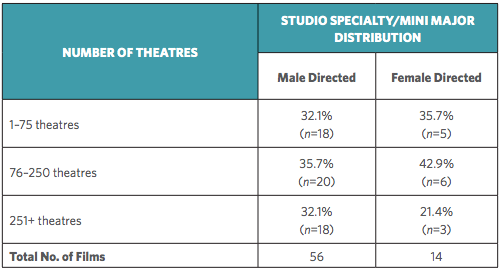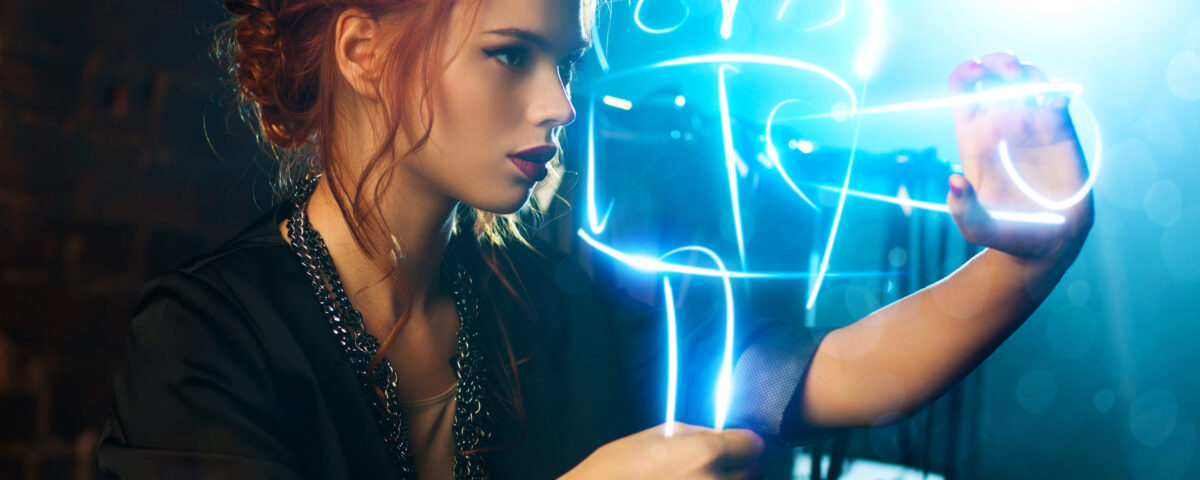
Why Government Needs to Catch Up With Uber
July 2, 2015
Weekly Roundup: From Uber’s Impact to the Cost of Children
July 4, 2015Having just attended a Nantucket Film Festival panel on women, I wanted to share some data that make a huge statement about gender bias in the film industry.
Where are we going? To a bottom line that says expectations could be the problem.
Why Behind the Camera Counts
Relatively few women are directors, writers and producers:

From: Female Filmmakers Initiative
But, the person behind the camera decides who will be in front of the camera. And women tend to choose women.
Based on 208 films at the 2014 Sundance Film Festival, a paltry 19 percent of the male-directed films had female leads. By contrast, 77 percent of the films with female directors had female leads.

From: Female Filmmakers Initiative
The same 2014 Sundance study indicated that among films directed by women, 92.5 percent are comedy, drama or romance.

From: Female Filmmakers Initiative
Genre matters because film distributors tend to assume that women cater to a slice of the market while the male directors create films with broader appeal. Consequently, the male-directed films are selected by the larger distributors.
Below, looking at 70 Sundance films from 2002-2014, you can see that distributors controlling more than 250 theaters selected many more male-directed films.

From: Female Filmmakers Initiative
Our Bottom Line: Expectations Bias
When we look at the reasons for women not getting the top grossing films or women not given the mega distribution, a list of reasons emerge that minimally correspond to reality. According to a USC/Annenberg study, responses from 59 buyers and sellers of films say women are insufficiently ambitious or they make niche films or their small numbers provide less choice.
All seem to take us to the behavioral economic idea of expectations bias. When influential people in the movie industry expect men to make them the most money, they create a self-fulfilling prophecy.
![econlifelogotrademarkedwebsitelogo[1]](/wp-content/uploads/2024/05/econlifelogotrademarkedwebsitelogo1.png#100878)



